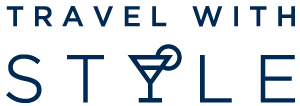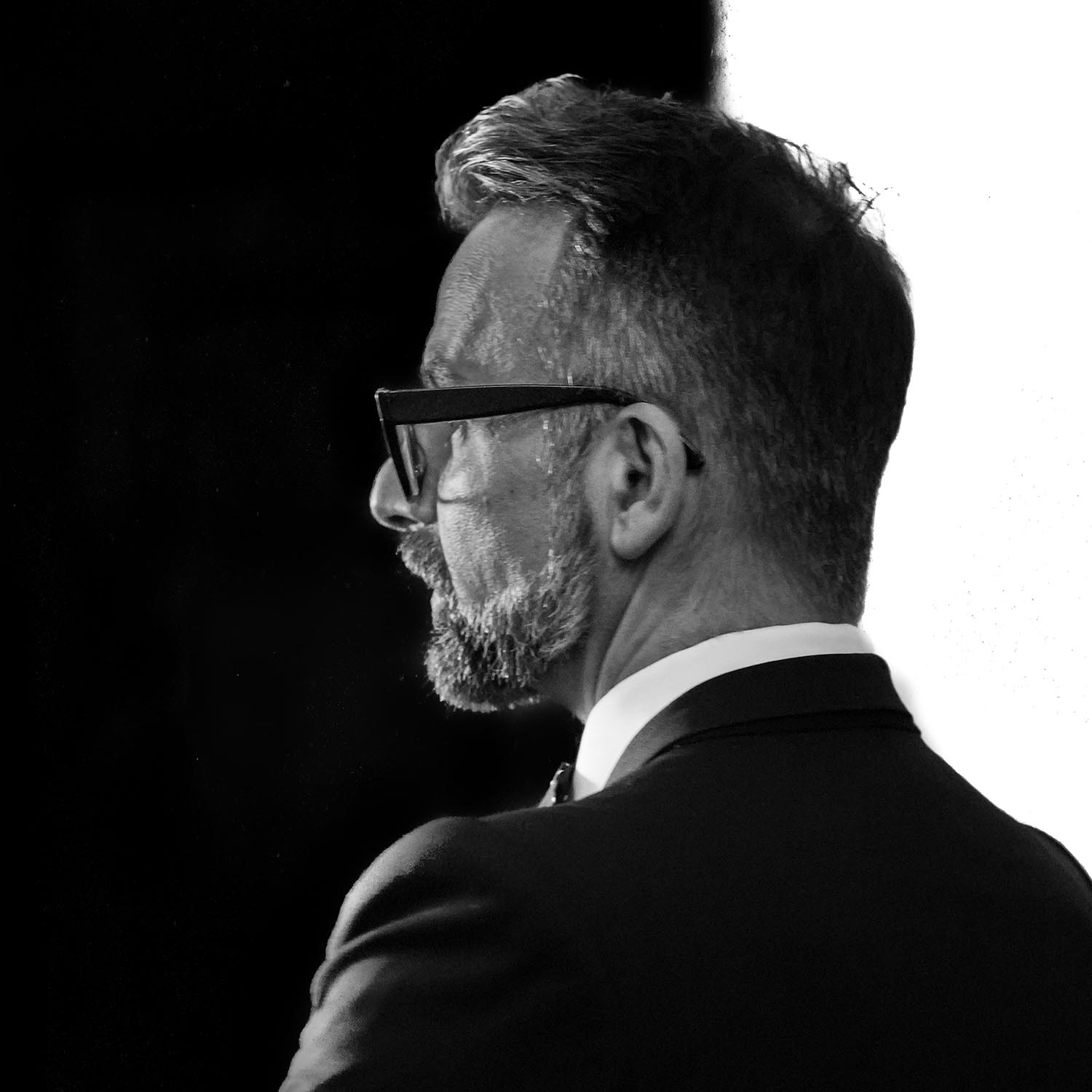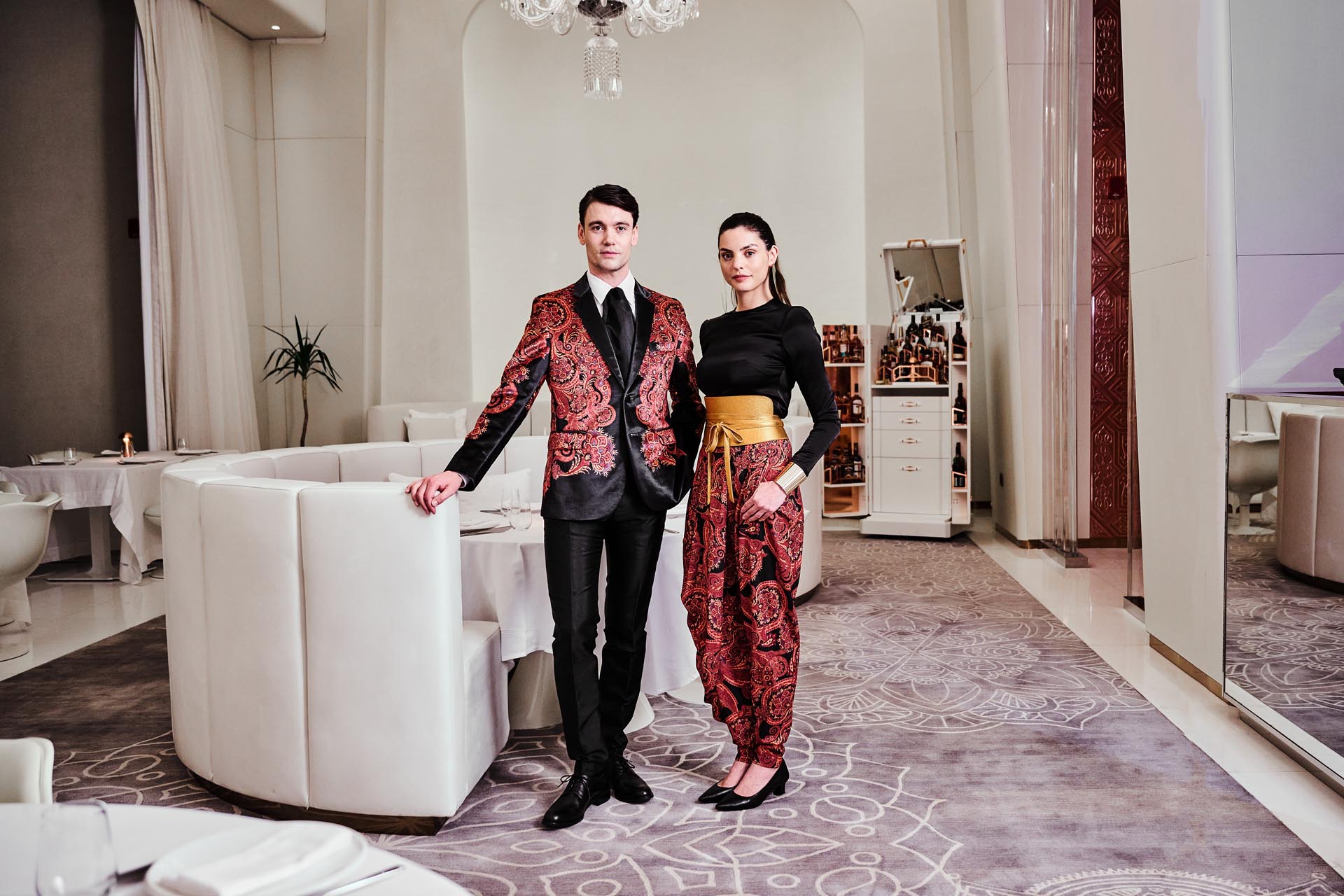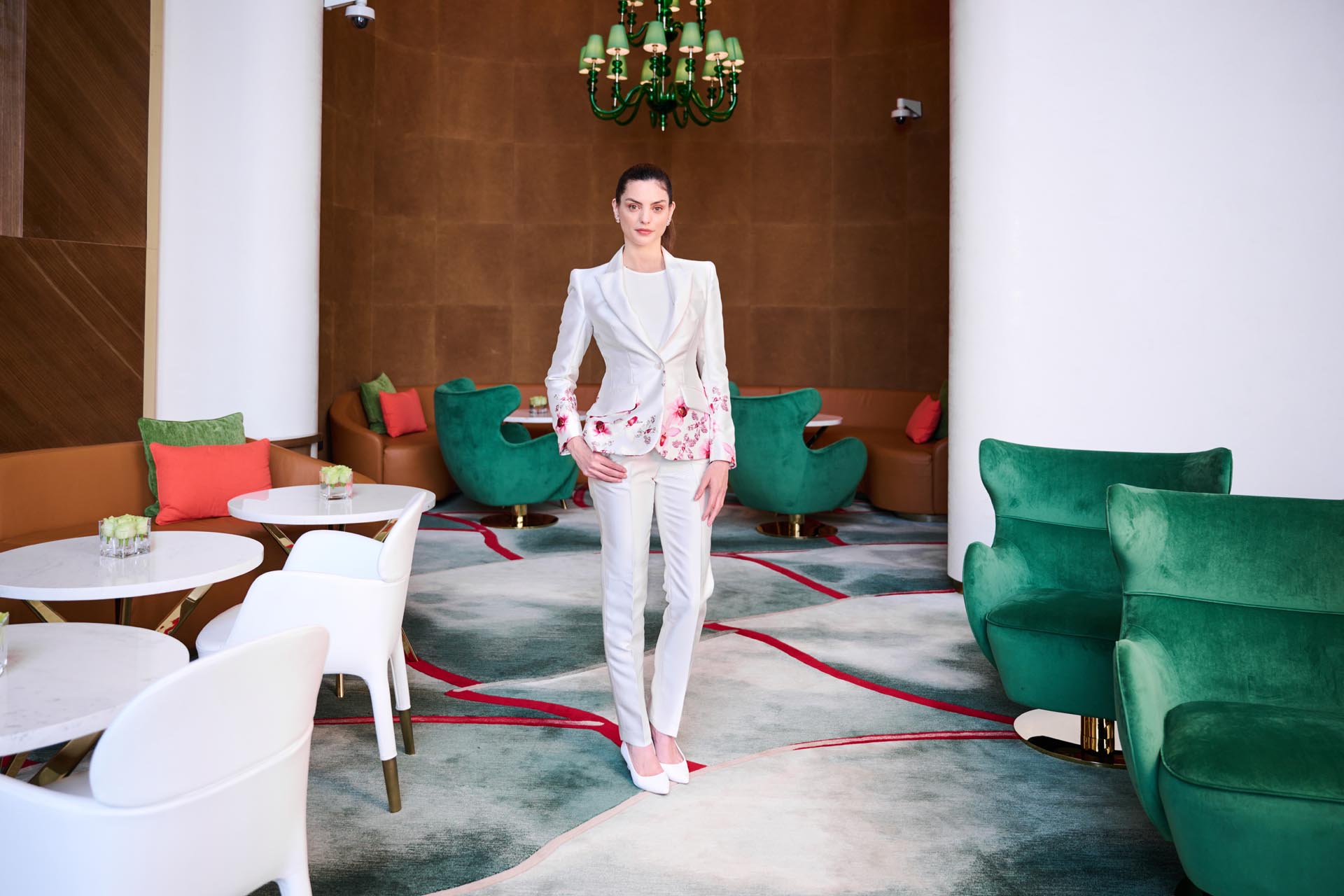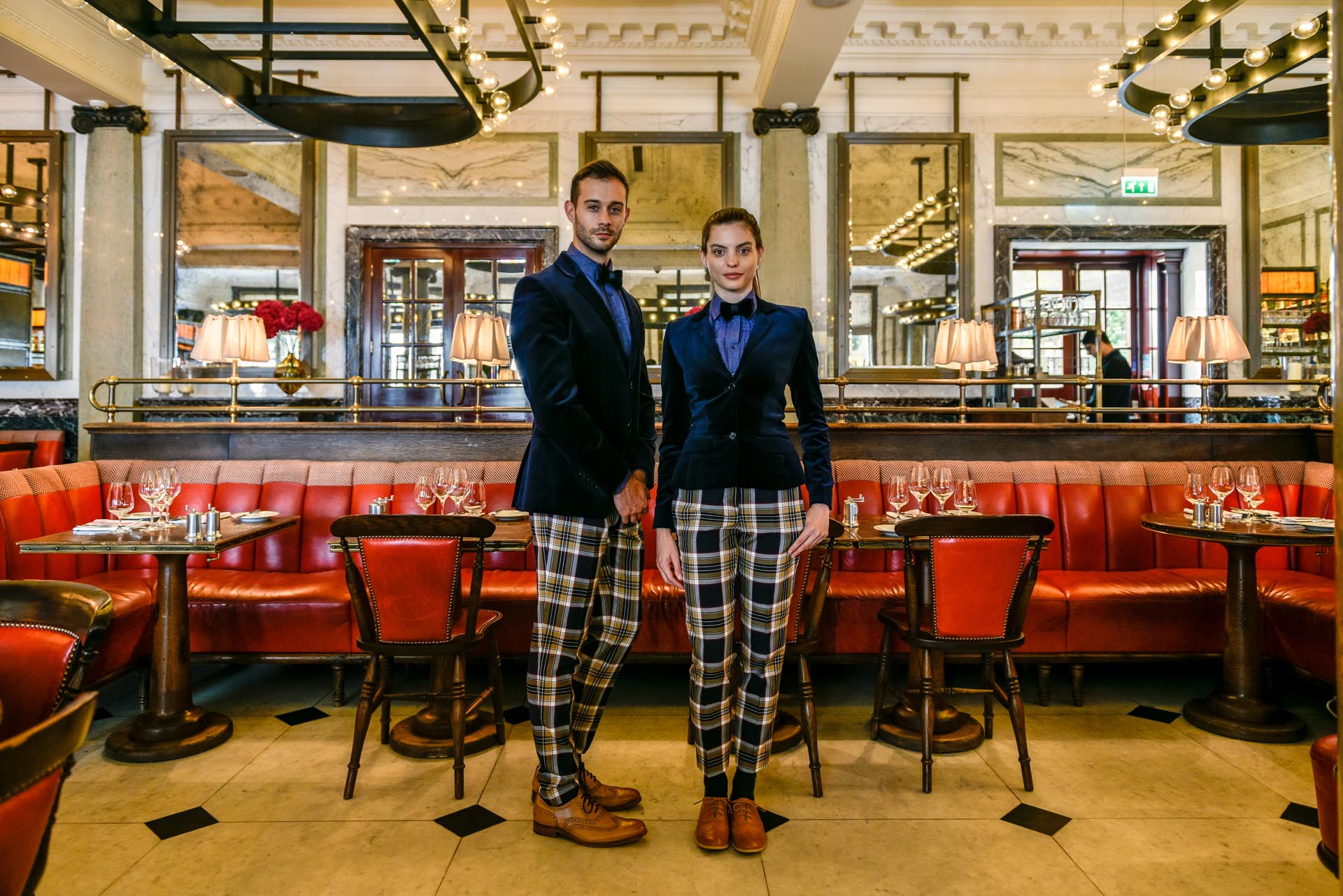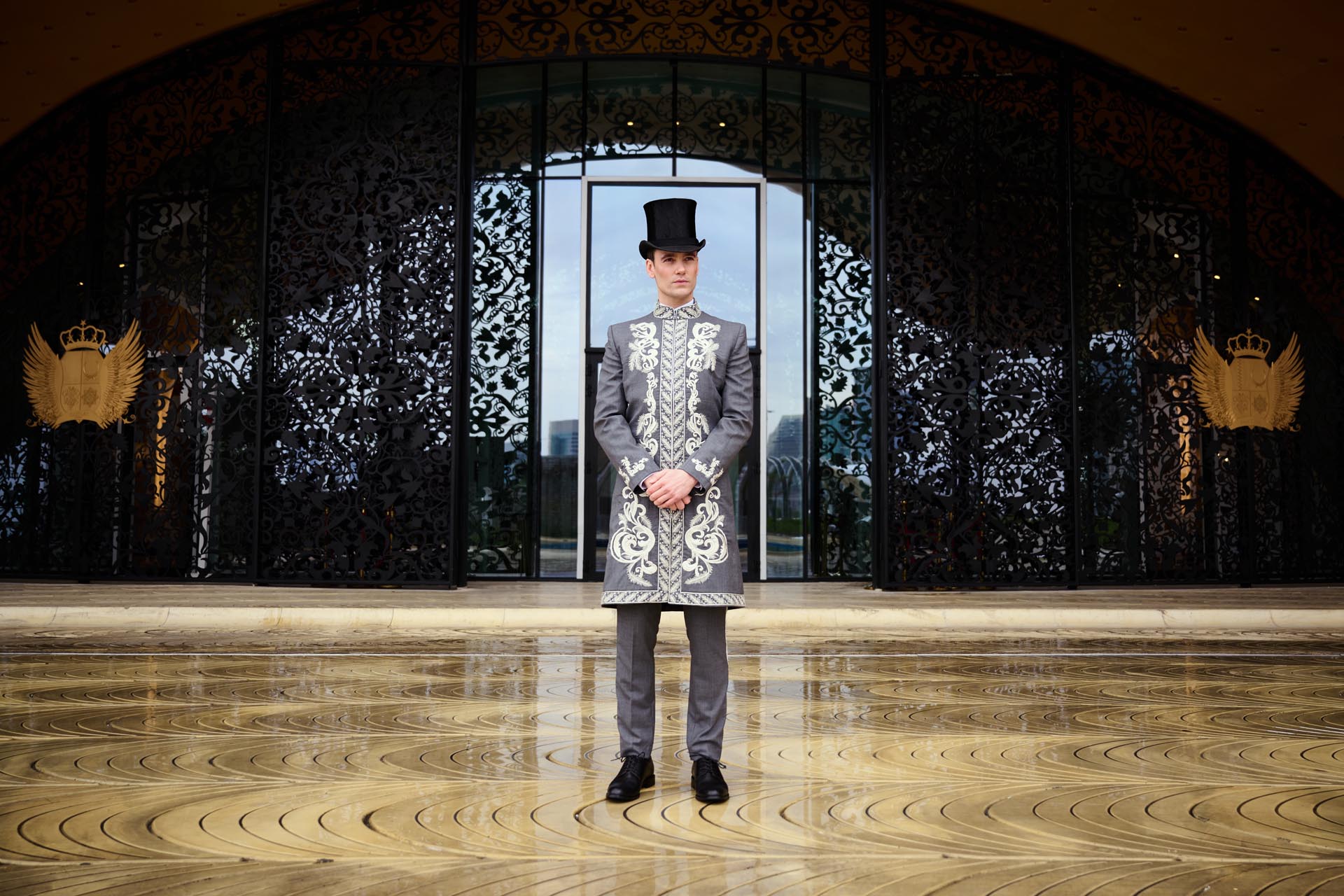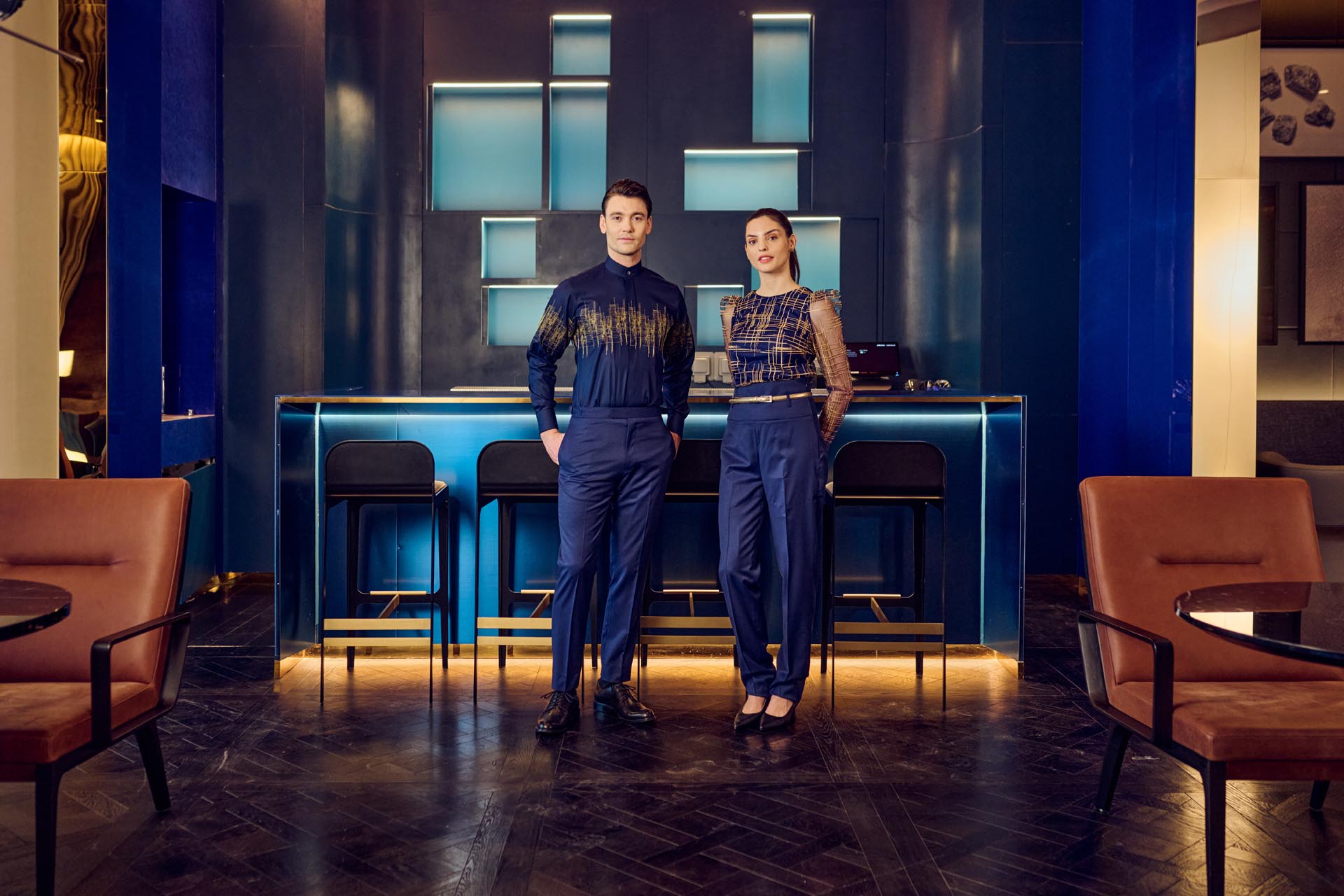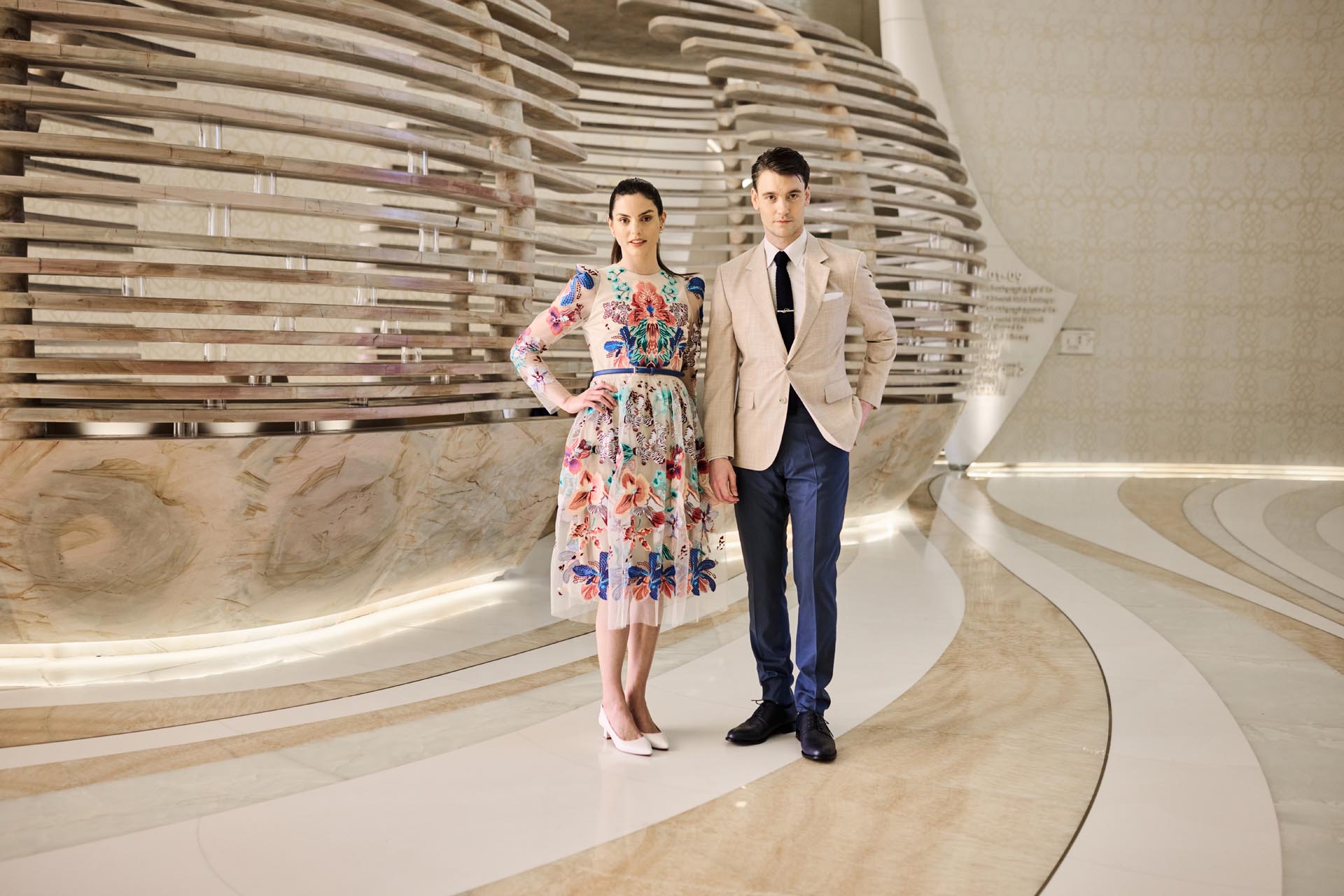Nicholas Oakwell’s company, NO Uniform, works with global hotel brands such as The Four Seasons, Fairmont, Jumeirah, Nobu and many others.
In an interview with Travel with Style, Mr. Oakwell discusses his transition from a celebrity couturier to a go-to designer of uniforms for high-end hotels and explains why uniforms are becoming much more important to the hospitality industry.
How did you get started in hospitality and what do you like most about this industry?
I was working at Harvey Nichols managing the workrooms. I was approached by a friend who was a food and beverage consultant to design uniforms for a boutique hotel in Chelsea, My Hotel.
I designed and delivered the uniforms. At the opening party, I was approached by the manager of the Great Eastern Hotel, he offered me the opportunity to design the uniforms for the hotel. I explained that I don’t design uniforms ‘I’m a fashion designer’. She said that her budget was £250k for 200 people. From then, I started to design uniforms! I resigned and opened NO Uniform a few months later. I love hotels, bars and restaurants, so to be able to design clothes in these environments is amazing – it’s a dream role.
You dressed celebrities including Hilary Swank, Helen Mirren, Princess Beatrice and many more. How is designing a hotel uniform different from dressing Gillian Anderson?
When designing for a hotel, I’m essentially designing for the brand’s identity, which embodies its personality. However, this identity is not individualised. In contrast, when designing for individuals like Gillian Anderson, it naturally becomes very personal.
How did you come to collaborate with everyone from Claridge’s and The Rosewood to Nobu and The Connaught?
I have been very lucky. Everything has been word of mouth, or they have seen my work in another hotel and reached out to me.
What’s the biggest challenge of designing uniforms?
Understanding the functionality requirements, but also understanding that it is not just about fashion, but about the brand.
Walk me through the design process from start to finish.
The first interaction with the client involves conducting a mood board workshop. During this process, I will have pre-selected images, many of which are unconventional, and then observe as the client selects images they like and dislike, while listening to their reasoning. This allows me to begin understanding the client’s needs and vision, which they may not even be aware of themselves.
The next step is finalising the mood board to create the desired style and look. Following this, my team and I start the design process by selecting fabrics and trims; presenting various concepts to the client; guiding them through each option, and collecting their feedback. We then refine the designs based on their input and edit down to their final looks. Subsequently, we create samples to bring these designs to life, making necessary adjustments to ensure functionality and ensuring they launder and press well for practicality.
How do you test the uniforms?
We work with fabrics that we know will perform well. For existing properties, we request staff to wear them and undergo their normal cleaning process. Additionally, we send the fabrics to a testing company to launder them, assess their functionality, and ensure they meet our standards. Furthermore, we have our own internal technical team that examines all these requirements during the product development stage.
There must be a lot of cooks in the kitchen at a hotel, from marketing director, corporate management to the hotel owner, especially in a large brand like Jumeirah. How do you navigate and manage expectations?
Firstly, we try and keep the decision-makers to a core team, and I then remind them that personal taste is to be removed, which I continue to remind them throughout the whole process. We are addressing the personality of the hotel, and the focus must remain on that.
What’s the hardest thing to design and why?
It is actually harder for me to design couture over uniforms. With couture it is a blank canvas, but when it is a uniform there are a lot of parameters in place, and when I look at the uniform I look at the brand, what it stands for, its place in the industry, but also the functionalities and job roles.
What makes a uniform great?
That it makes the individual who is wearing it feel great. Hotel uniforms are worn for 8-12 hours a day, and they have to both look great, but be functional and comfortable.
Why do you think uniforms are still important in hospitality?
There are so many reasons why a uniform is important. It represents what the brand stands for. It helps identify who works in the space for guests. It also builds a team spirit within the workforce.
How have uniforms evolved over the last 30 years?
When I started designing uniforms 23 years ago, it was very much black, grey or navy. Basic ill-fitting suits for both male and female. Women had no feminine identity in a uniform. Then I saw a trend with lots of fashion designers putting their clothes into hospitality, which was a big mistake, as waiters would have the same suits as customers, putting everyone in an awkward situation, let alone the functionality aspect of the clothes. Now we see hospitality understanding the importance of dressing their brand through uniforms. It brings another level to the customer experience.
What are the main trends in uniforms right now?
I hate trends because they often lead to mistakes in how uniforms are approached. We all know that trends come and go, whereas style remains. I avoid trends, focusing instead on creating a style and work with the style of the brand, and evolve it.
Uniforms at Carlton Tower Jumeirah are absolutely gorgeous. Do luxury uniforms have to make fashion statements?
No they don’t. It is not about fashion, but more about style and their own personality. If the uniform is well made and designed, it gives confidence to the team, and that in turn aides in providing great service.
How do you make uniforms flattering for all body types?
Working globally, I have encountered almost every body shape, size, and proportion. The success of the uniform is down to the proportions. We have worked in America, Asia, and Africa, where you can imagine the size differences, yet all have been successful through this understanding. However, I once saw in a hotel bar an attractive girl who was a size 8, tall and elegant, and a size 20 girl in the same dress, and the one that wore it better was the size 20, because of her character, and her confidence in the dress.
How many people are on your team?
Most people don’t realise how much happens behind the scenes at NO Uniform. While I am the Creative Director, we are a team of 50 consisting of various departments; design, product development, production, commercial, operations and finance departments. We are continually evolving and growing.
What is your dream makeover project? Like the one hospitality brand whose uniforms you would like to overhaul from start to finish?
There are so many to choose from, there seems to be more brands than ever out there now. I would like to work with a brand that has been responsible for, I guess, re-shaping luxury. A brand like Aman (Asian luxury resort brand – TwS), for example, would be really interesting to work.
What projects are you working on right now?
I would love to disclose them but unfortunately NDAs won’t allow me to share, but believe me there are some amazing things happening globally which I am so lucky to be a part of.

